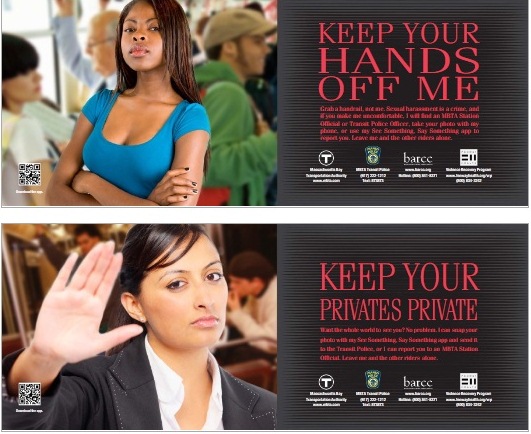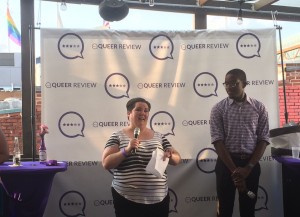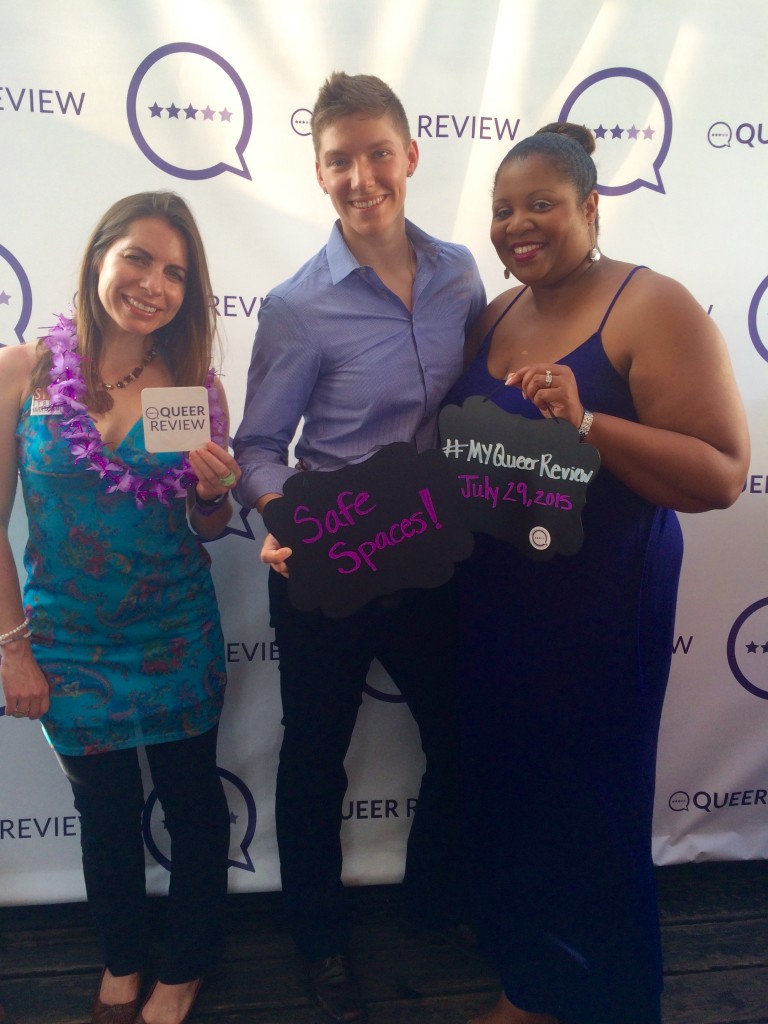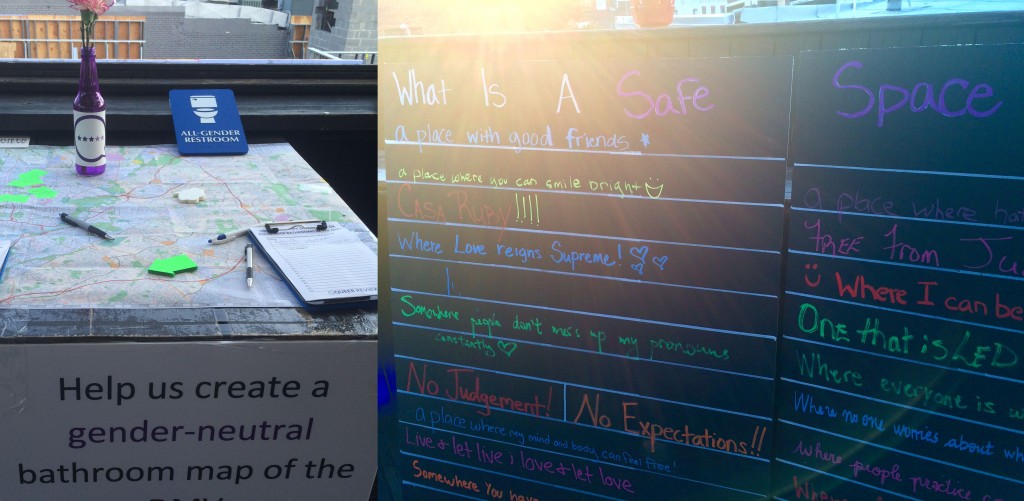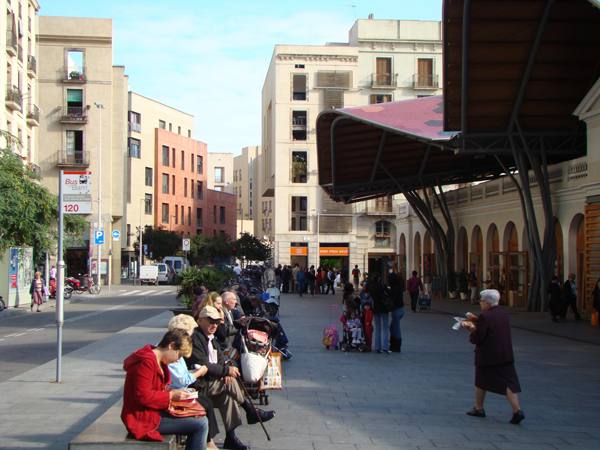Learn how runner Anna Aldridge in Austin, Texas, got a mechanic shop to start addressing street harassment! Now she wants to work to address the issue city-wide.
You can sign her petition: http://tinyurl.com/p9bt58a
Also you can learn more about the problem overall via this Christian Science Monitor article from today. Hopefully the city council and others will take notice and do something!

